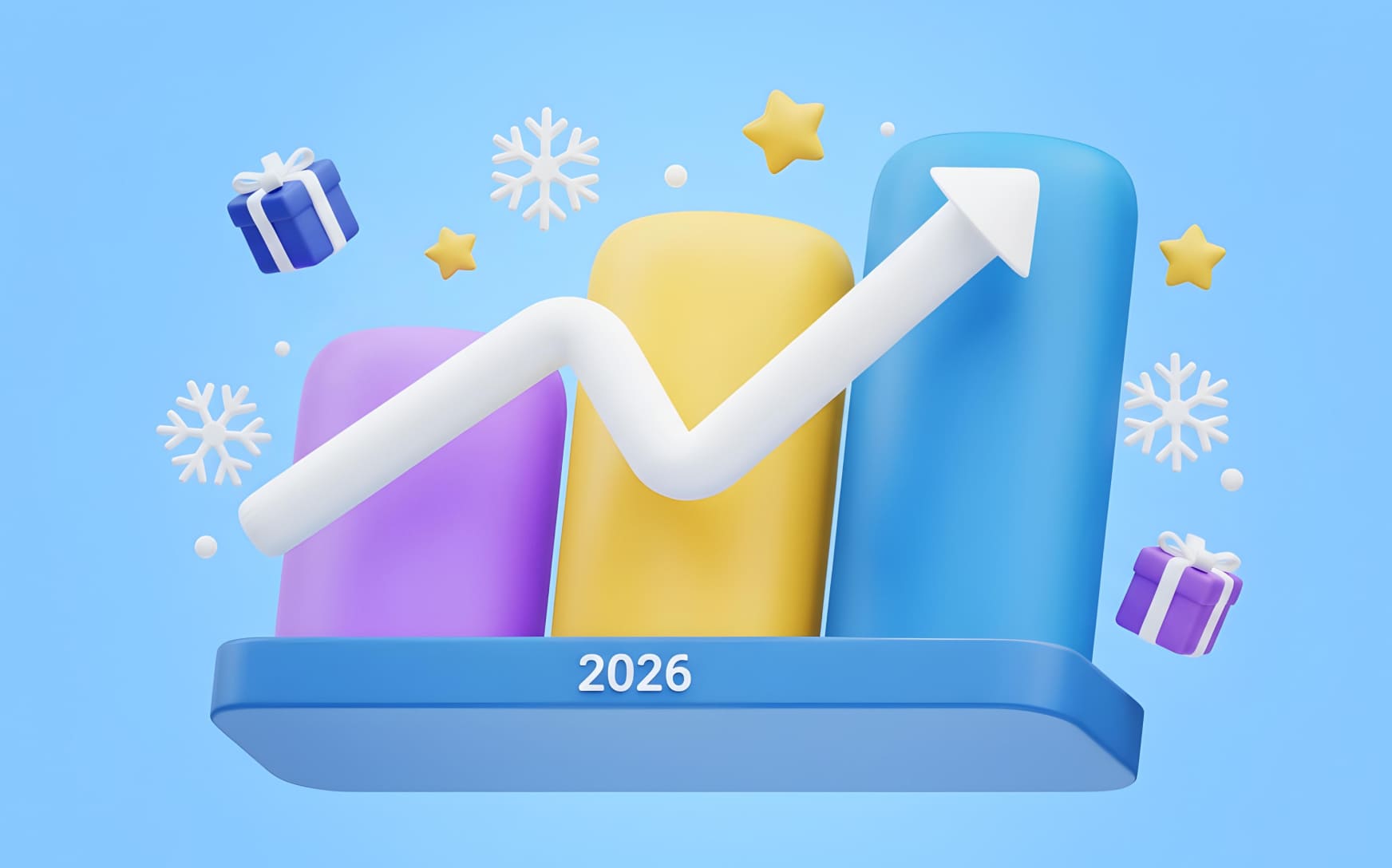Conversion Rate (CR) in Marketing
In the fast-paced world of digital marketing, measuring success often comes down to tracking key performance indicators (KPIs). One of the most important KPIs is the conversion rate (CR), which gives insight into how effectively your marketing efforts turn website visitors into actual customers. When it comes to conversion rate — what is it, and how can it be optimized? Understanding this metric can be a game changer for businesses looking to boost their bottom line.
With ROIads ad network, you’ll master both the theoretical and technical aspects of successful affiliate marketing to maximize your results.

What Is Conversion Rate: Definition
Conversion Rate (CR) is a key metric in digital marketing that shows the percentage of users who perform a desired action on your website or app. This action could be a purchase, registration, subscription, or any other activity that brings value to your business. Conversion is not just visiting a page, but specifically when the visitor does what you aimed for, whether it’s clicking a button or completing a purchase.
How Does CR Work?
Simply put, CR reflects the effectiveness of your marketing efforts. If 5 out of 100 visitors make a purchase, your CR will be 5%. This metric helps evaluate how well your advertising campaigns and landing pages are working in terms of driving customer actions.
How to Calculate CR?
In this formula, you need to divide the number of conversions (the people who completed the desired action, such as making a purchase) by the number of visitors (the total amount of people who visited your site or landing page). Then, multiply the result by 100 to express it as a percentage.
For example, if you had 500 visitors and 25 of them made a purchase, your conversion rate would be 5%. It’s important to note that CR can be calculated for different goals — from sales to newsletter sign-ups, making it a valuable tool for understanding which parts of your marketing strategy are most effective.
CR: Meaning in Business
For a business, CR is a vital indicator of profitability. A high conversion rate means that the traffic you attract is relevant and interested in your products or services. It shows that your marketing efforts — whether through contextual advertising, push notifications, or social media targeting — are achieving the desired results.
On the other hand, a low CR may signal that you need to rethink your traffic acquisition strategy, improve the user experience, or conduct A/B testing of your pages.
How Does Conversion Rate Work in Advertising?
CR plays a key role at every stage of the customer journey, from the first contact with an ad to the point of purchase. But how does CR work in practice? It’s crucial to monitor how traffic from different channels impacts conversion rates. For instance, push ads can deliver high CRs over short timeframes, whereas social media campaigns might lead to long-term loyalty and repeat purchases. To use CR effectively, you should:
- Define the key action you want users to take (e.g., purchase, registration).
- Track the metric across various advertising channels.
- Optimize campaigns based on the results.
What Influences CR: How to Improve It?
Several factors can impact conversion rates:
- Quality of traffic: If you are attracting a target audience ready to buy, CR will be higher.
- Simplicity and appeal of the interface: User-friendly navigation and fewer steps in the purchase process contribute to a higher CR.
- Optimization of landing pages: A clear structure and strong call to action increase the likelihood of conversions.
The Importance of Conversion Rate in Digital Marketing
CR is not just a metric but a powerful tool for analyzing and optimizing marketing strategies. It shows which campaigns are most effective and where the user experience can be improved. Ultimately, a higher CR means more conversions with fewer costs, directly affecting the return on investment (ROI) of your advertising campaigns.
Within the ROIads advertising network, the conversion rate can vary significantly depending on the type of traffic and vertical, but regularly monitoring and optimizing CR is key to running a successful ad campaign.









